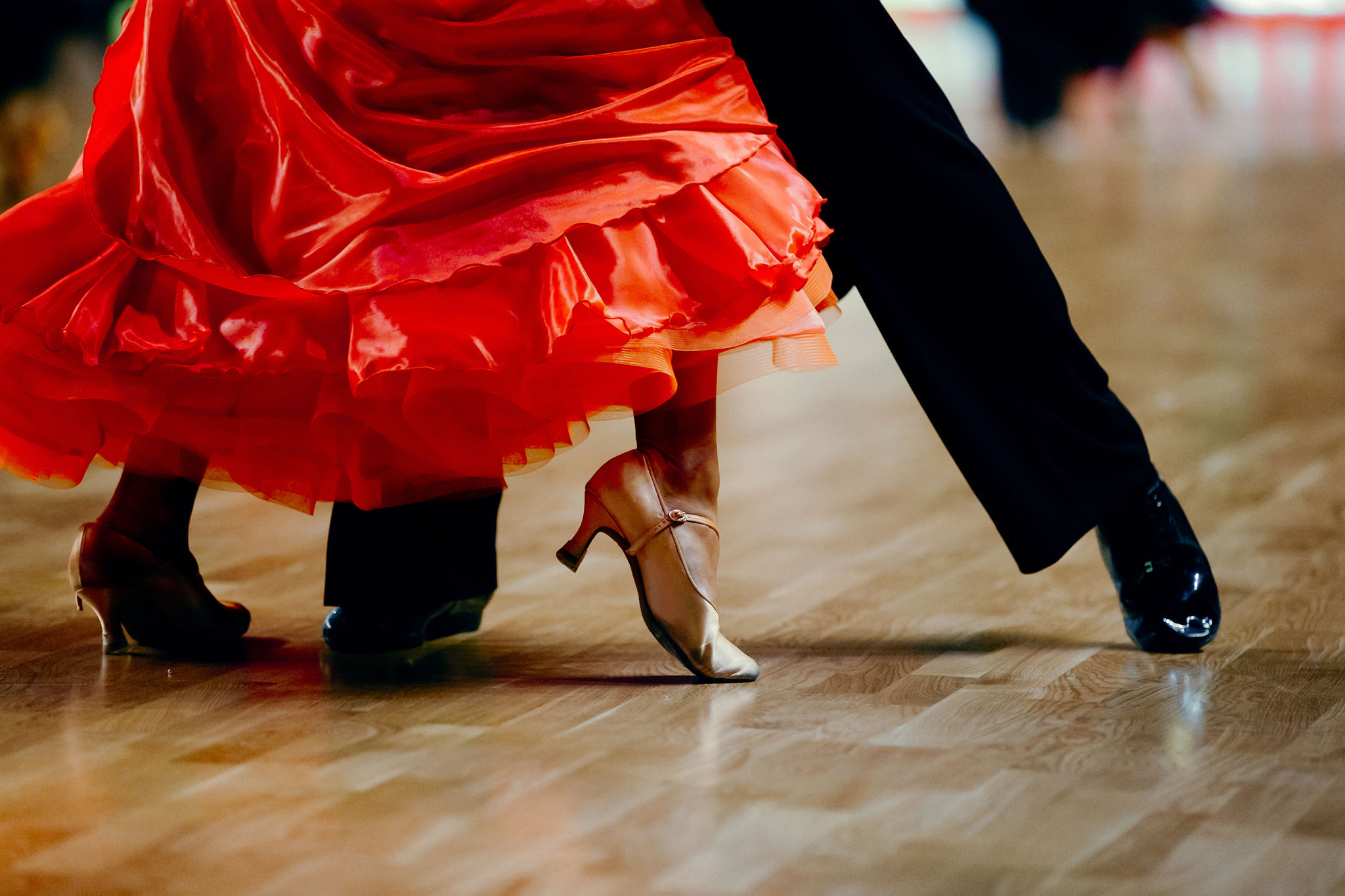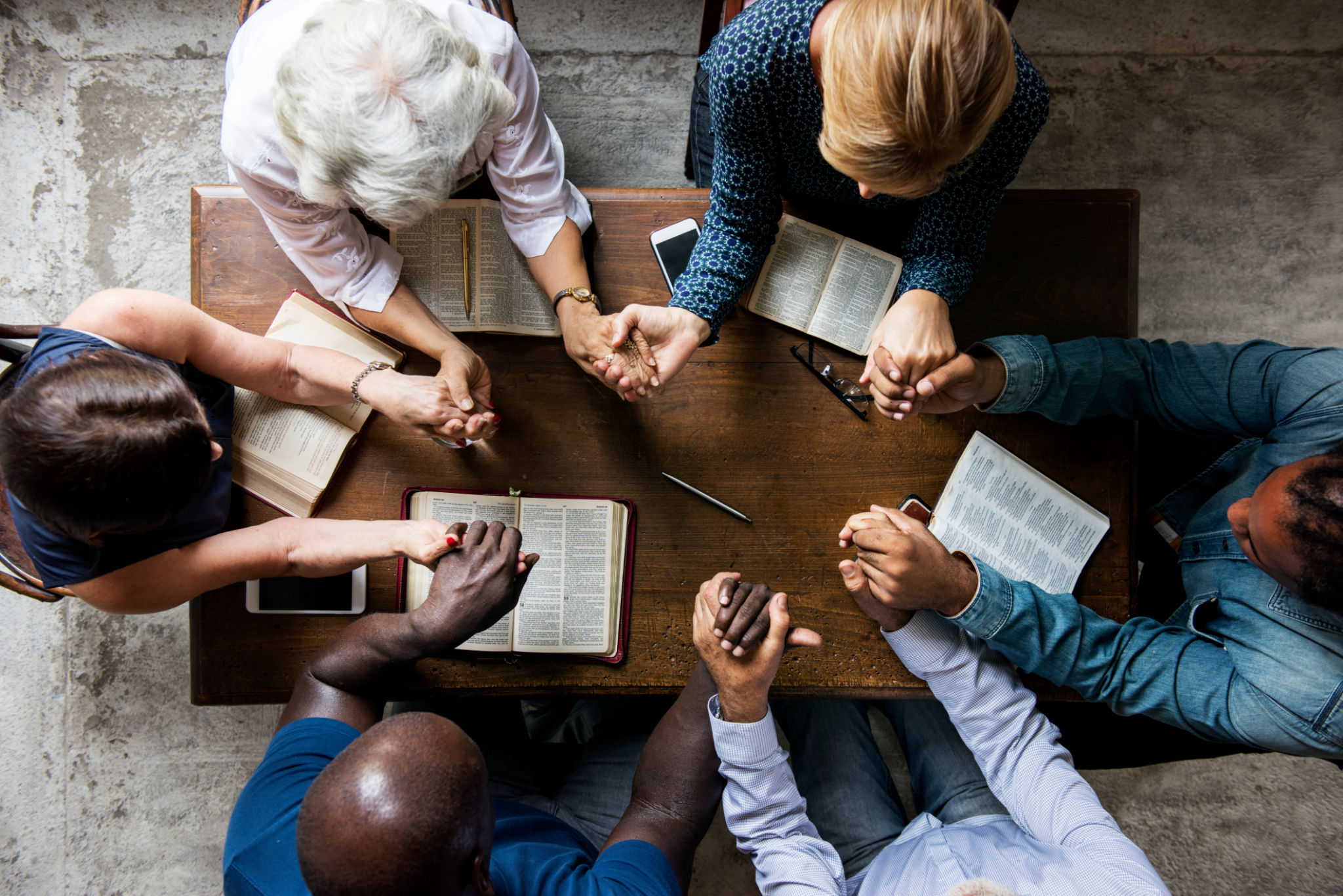The Role of Tango Dance in Community Building and Social Connections
Tango, with its rich history and intricate steps, is more than just a dance; it's a powerful medium for fostering community and building social connections. Originating from the bustling streets of Buenos Aires in the late 19th century, tango has evolved into a global phenomenon that brings people together across different cultures and backgrounds.
The Universal Language of Tango
At its core, tango is a universal language that transcends words. The dance is all about connection—between partners, with the music, and within the community. When two people embrace in the tango dance, they communicate through subtle movements and rhythmic synchronization, creating an intimate dialogue without uttering a single word. This form of non-verbal communication helps break down barriers and fosters a sense of unity among dancers.
The beauty of tango lies in its ability to connect people from various walks of life. Whether you're a beginner or an experienced dancer, tango provides a platform for meaningful interactions, encouraging participants to form bonds based on shared experiences and mutual respect.

Creating Inclusive Communities
Tango has the remarkable ability to create inclusive communities where everyone feels welcome. Tango gatherings, known as milongas, are often open to dancers of all skill levels and backgrounds. These events provide a safe and inviting environment where individuals can express themselves freely and learn from one another.
Milongas offer more than just dance opportunities; they also serve as social hubs where people can engage in conversations, share stories, and build friendships. The sense of belonging that develops in these settings is crucial for fostering strong community ties and promoting social cohesion.
Fostering Cross-Cultural Connections
In today's interconnected world, tango plays a significant role in bridging cultural gaps and fostering cross-cultural connections. As tango spread from Argentina to other parts of the world, it adapted to various cultural contexts while retaining its essence. This adaptability allows people from different countries to connect through their shared love of the dance.

Tango festivals and workshops are increasingly popular, attracting participants from all over the globe. These events provide opportunities for cultural exchange, allowing dancers to learn about different traditions, musical styles, and techniques. By bringing together diverse groups of people, tango serves as a catalyst for intercultural dialogue and understanding.
Enhancing Emotional Well-being
Beyond its social benefits, tango also offers significant emotional advantages. Dancing tango requires focus, presence, and collaboration with a partner. This immersion in the moment can lead to increased mindfulness and reduced stress levels. Many dancers find that tango provides a therapeutic outlet for expressing emotions and relieving tension.
Furthermore, the supportive environment found in tango communities encourages personal growth and self-confidence. As individuals develop their skills and form connections with others, they often experience a boost in self-esteem and overall well-being.

The Future of Tango in Community Building
As tango continues to gain popularity worldwide, its role in community building and social connections is likely to grow even more significant. The dance's emphasis on empathy, communication, and collaboration makes it an ideal tool for fostering strong communities in an increasingly fragmented world.
In conclusion, tango's unique blend of artistic expression and social interaction makes it a powerful force for building bridges between individuals and cultures. Whether through local milongas or international festivals, tango provides countless opportunities for people to come together, share experiences, and form lasting connections.